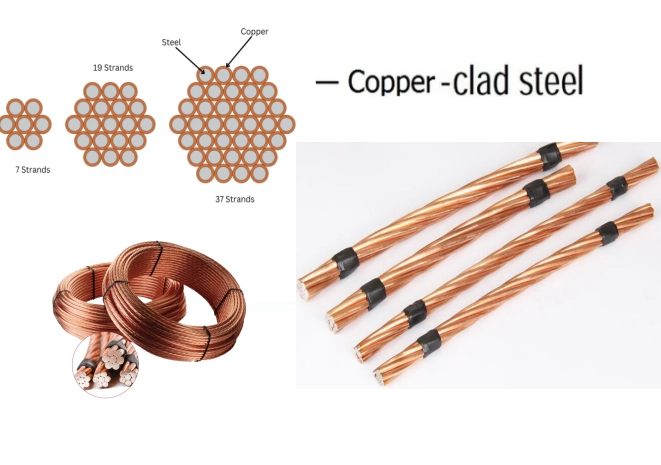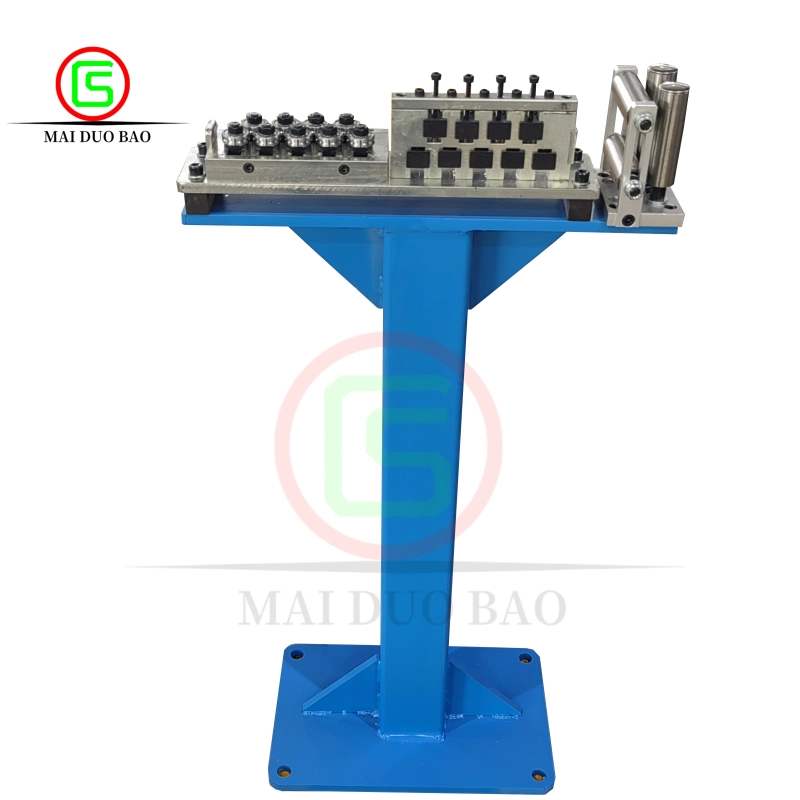When it comes to machinery maintenance, one of the most critical components that often requires attention is the spindle. Spindles play a pivotal role in various industries, particularly in manufacturing and machining, where precision and reliability are paramount. However, when a spindle fails or shows signs of wear, the question arises: How much does a spindle replacement cost? This article delves into the factors influencing spindle replacement costs, the types of spindles available, and the implications of neglecting spindle maintenance.
Understanding Spindle Functionality
Before we explore the costs associated with spindle replacement, it’s essential to understand the spindle's role in machinery. A spindle is a rotating component that holds and drives tools in equipment such as lathes, milling machines, and CNC (Computer Numerical Control) machines. The efficiency and accuracy of these machines heavily depend on the condition of their spindles.
Factors Influencing Spindle Replacement Costs
- Type of Spindle:
- Standard vs. Custom Spindles: Standard spindles are typically less expensive and readily available, while custom spindles designed for specific applications can significantly increase costs. Customization may involve unique dimensions, materials, or features that cater to specialized machinery.
- Spindle Design: The complexity of the spindle design also affects the price. For instance, high-speed spindles used in precision machining may cost more due to their advanced engineering and materials.
- Material and Quality:
- The materials used in spindle construction can vary widely, from standard steel to high-performance alloys. Higher-quality materials often come with a higher price tag but can offer improved durability and performance, ultimately reducing long-term costs associated with frequent replacements.
- Labor Costs:
- The cost of labor for spindle replacement can vary based on the complexity of the job and the expertise required. Skilled technicians may charge higher rates, but their expertise can ensure a more efficient and accurate replacement, minimizing downtime.
- Downtime and Production Loss:
- The indirect costs associated with spindle replacement can be substantial. Downtime during replacement can lead to production delays, impacting overall profitability. Businesses must factor in these potential losses when considering the total cost of spindle replacement.
- Additional Components:
- Often, replacing a spindle may also require the replacement of associated components, such as bearings, seals, or even the entire spindle assembly. These additional parts can add to the overall cost.
Average Cost Estimates
While the cost of spindle replacement can vary significantly based on the factors mentioned above, here are some general estimates:
- Standard Spindle Replacement: Typically ranges from $1,000 to $3,000, including parts and labor.
- Custom Spindle Replacement: Costs can escalate to $5,000 or more, depending on the specifications and complexity.
- High-Performance Spindles: For specialized applications, prices can reach upwards of $10,000, particularly in industries requiring ultra-precision machining.
The Importance of Preventive Maintenance
Investing in preventive maintenance can significantly reduce the likelihood of spindle failure and the associated costs of replacement. Regular inspections, lubrication, and timely repairs can extend the lifespan of spindles and improve overall machine performance.
Conclusion
Understanding the costs associated with spindle replacement is crucial for industry professionals. By considering the various factors influencing these costs, businesses can make informed decisions that balance quality, performance, and budget. Ultimately, prioritizing spindle maintenance not only enhances operational efficiency but also safeguards against unexpected expenses related to replacements.

